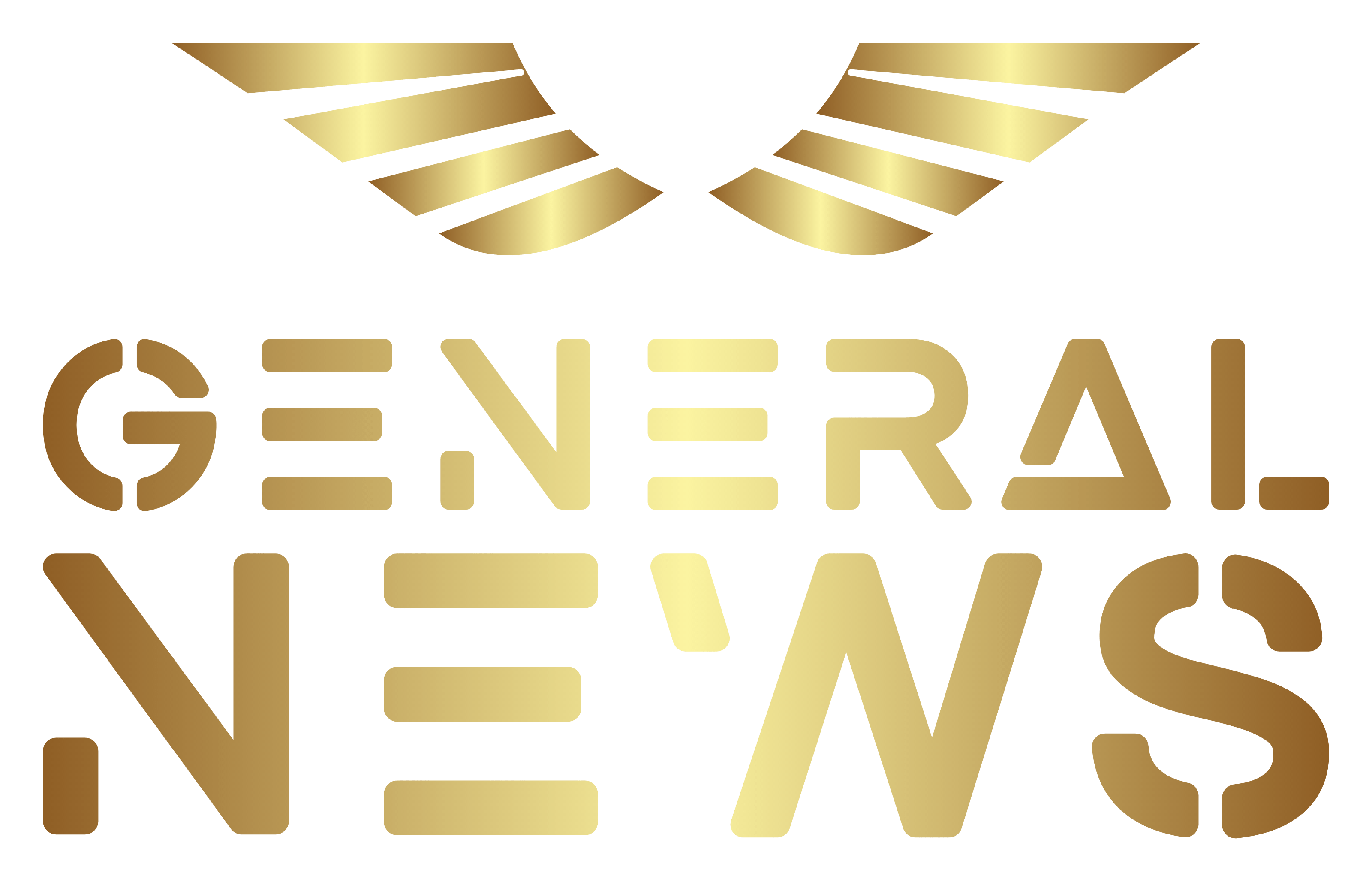At its meeting today, the Bank Board left interest rates unchanged. The two-week repo rate thus remains at 4 %. Five board members voted in favour of the decision, while two board members voted for a 0.25 percentage point cut in base rates.
Today's decision reflects an updated inflation outlook, its risks and an assessment of new data. According to the Monetary Section's updated forecast, inflation should be slightly above the 2% target from the second quarter of next year until the end of 2026. The process of disinflation in the core components of the consumer basket, especially in the services sector, is not complete. For these reasons, the Board has decided to pause the rate cut process for the time being.
The aim of this decision is to ensure that headline inflation is stabilised close to the 2% inflation target in the long term. This requires that the growth of the quantity of money in the economy does not accelerate excessively, or that credit activity remains moderate. In this way, monetary policy will contribute to a further decline in inflation.
In the short term, the CNB expects a temporary increase in inflation due to renewed growth in food prices and the statistical base effect from last year. This development will not threaten price stability. According to the updated outlook of the Monetary Department, headline inflation should return to the upper half of the tolerance band at the beginning of next year. A significant slowdown in administered price inflation will also contribute to this.
The CNB started cutting interest rates in December last year. The base repo rate gradually fell from 7 % to 4 %, easing the monetary policy restriction. Nevertheless, the monetary policy stance remains tight. Real interest rates are positive, dampening credit activity and hence money creation in the economy and consequently long-term inflation.
At its next meetings, the Board will base its assessment of the newly available data and their implications for the inflation outlook on the new data. The rate-setting considerations will depend mainly on an assessment of the persistence of the low-inflation environment, the exchange rate of the koruna, the effect of fiscal policy on the economy, an analysis of labour market tensions and developments in domestic and external demand. The Board will also monitor the actions of key foreign central banks and geopolitical developments. The Board will also assess the transmission of interest rate cuts to lending activity, asset prices and subsequently to real economic activity and price developments.
The Board reaffirms its commitment to continue tight monetary policy to keep inflation close to the 2% target in the long term.
Economic development
GDP had grown by 1.3 % in annual terms in Q3, in line with the forecast.Growth had been driven by domestic demand, especially household consumption. Foreign demand remained weak, which, together with subdued sentiment, led to low investment activity by firms.
Labour market tensions are easing slightly, but the unemployment rate remains low. Average wages grew by 7 % in Q3, almost one percentage point faster than forecast.
Inflation has been close to the CNB's target since the start of this year. Headline inflation has developed broadly in line with the forecast in recent months. In particular, services price inflation remains elevated, reflecting rapid wage growth. Renewed growth in food prices, which is still moderate from a historical perspective, has contributed to a rise in inflation towards the upper boundary of the tolerance band of the target since September.
Risks and uncertainties
The Board assessed the risks and uncertainties to the outlook for meeting the inflation target as moderately inflationary overall. The risk to higher inflation is the higher-than-expected inertia in service price inflation. Any excessive growth in total public sector expenditure would lead to an inflationary risk for the government budget. Increased wage demands in the private and public sectors are also an inflationary risk. Another risk is the evolution of commodity prices on world markets. Over the longer term, an upside risk to inflation is a possible acceleration of money creation in the economy resulting from a possible significant recovery in credit activity, especially in the property market. Conversely, a significant downside risk to inflation is the deterioration in global economic activity and the weaker performance of the German and hence the Czech economy. Some major central banks have already responded to this risk by cutting monetary policy rates and indicating their readiness to ease monetary conditions next year. The impact of possible actions by the newly elected US administration is an uncertainty for price developments.
Legal mandate
The Bank Board assures the public that the CNB's actions will be sufficient to maintain price stability in line with the legal mandate. At the same time, the Board is prepared to respond adequately to any risks to the inflation target outlook.
CNB/ gnews - RoZ



